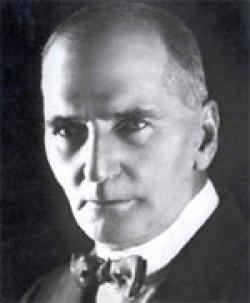
Published date
9 January 1871
Eugene Nielen Marais began writing at a very young age. By the age of 12, he was a published writer. Marais became famous as an Afrikaans writer, even though much of his early writings and early education were in English. He matriculated at the age of sixteen and went on to work as a clerk and later as a journalist. At the age of twenty he owned his own News paper Land en Volk meaning Land and (the Afrikaner) people.
Marais later went to London with the intention of studying medicine, but studied law instead. On his return to South Africa, he studied nature at the Waterberg in Pretoria. He studied termites, puff adders, spitting cobras and baboons and wrote his findings in his native Afrikaans language. One of his biggest contributions as a naturalist is his discovery of the Wterberg cycad, aptly named Encephalartos eugene-maraisii after Marais.
From an early age Marais is said to have been addicted to opium and then, at a later stage morphine. His addiction would at times of stress be more aggressive as when he lost his wife Aletta Beyers who died at childbirth and when Maurice Maeterlinck, a Nobel Laureate plagiarized one of his books The soul of the white ant. Marais committed suicide by shooting himself in 1936.
References
Pinnock, D., ‘Worker in a science yet unborn’ from Southern Write [online] Available at: www.southernwrite.net [Accessed on 7 December 2011]|
Poem Hunter biography of ‘Biography of Eugene Marais’ from poem hunter [online] Available at: www.poemhunter.com [Accessed on 7 December 2011]